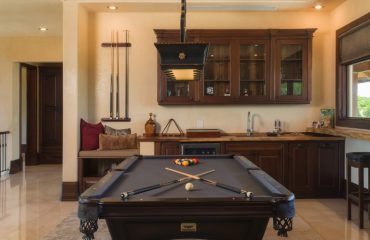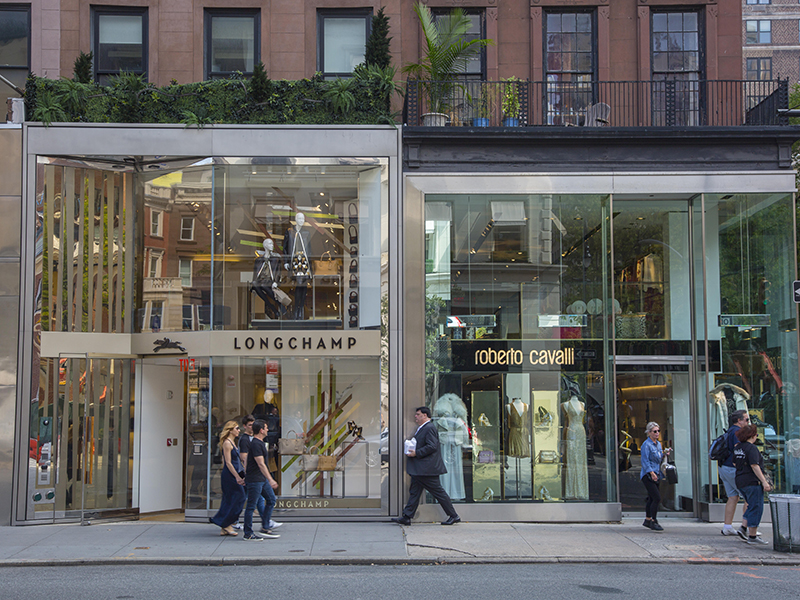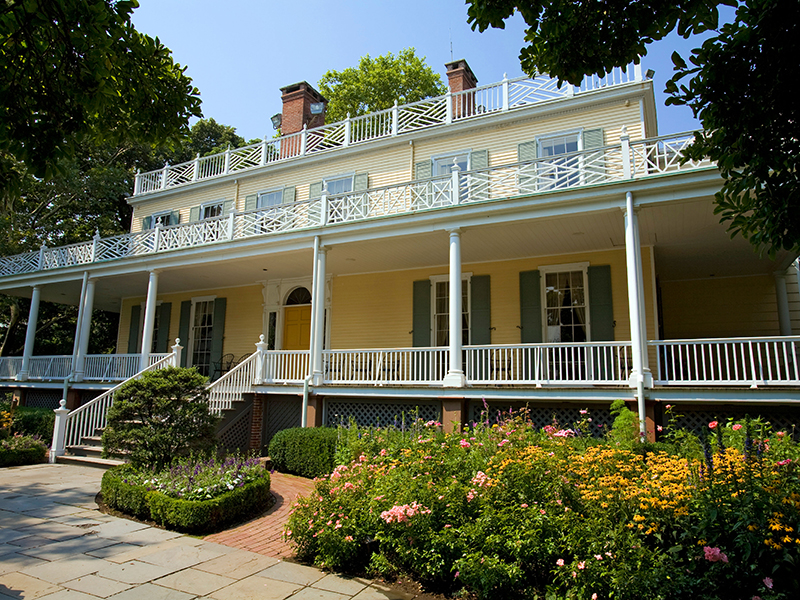Staying Power
But unlike some of New York’s more recently gentrified neighborhoods, the Upper East Side has retained its elegance over time, never succumbing to trends but rather holding its own, proud of its roots even as other city neighborhoods have surpassed it in median household income.
Many residents have lived here all their lives, some families for generations. As a result, the neighborhood exudes a bustling, pedestrian-friendly vibe, a place where the city’s elite families such as the Rockefellers, the Roosevelts, and the Kennedys, have long flocked to live within striking distance of and, ideally, with expansive views of, the city’s crown jewel, Central Park.
















